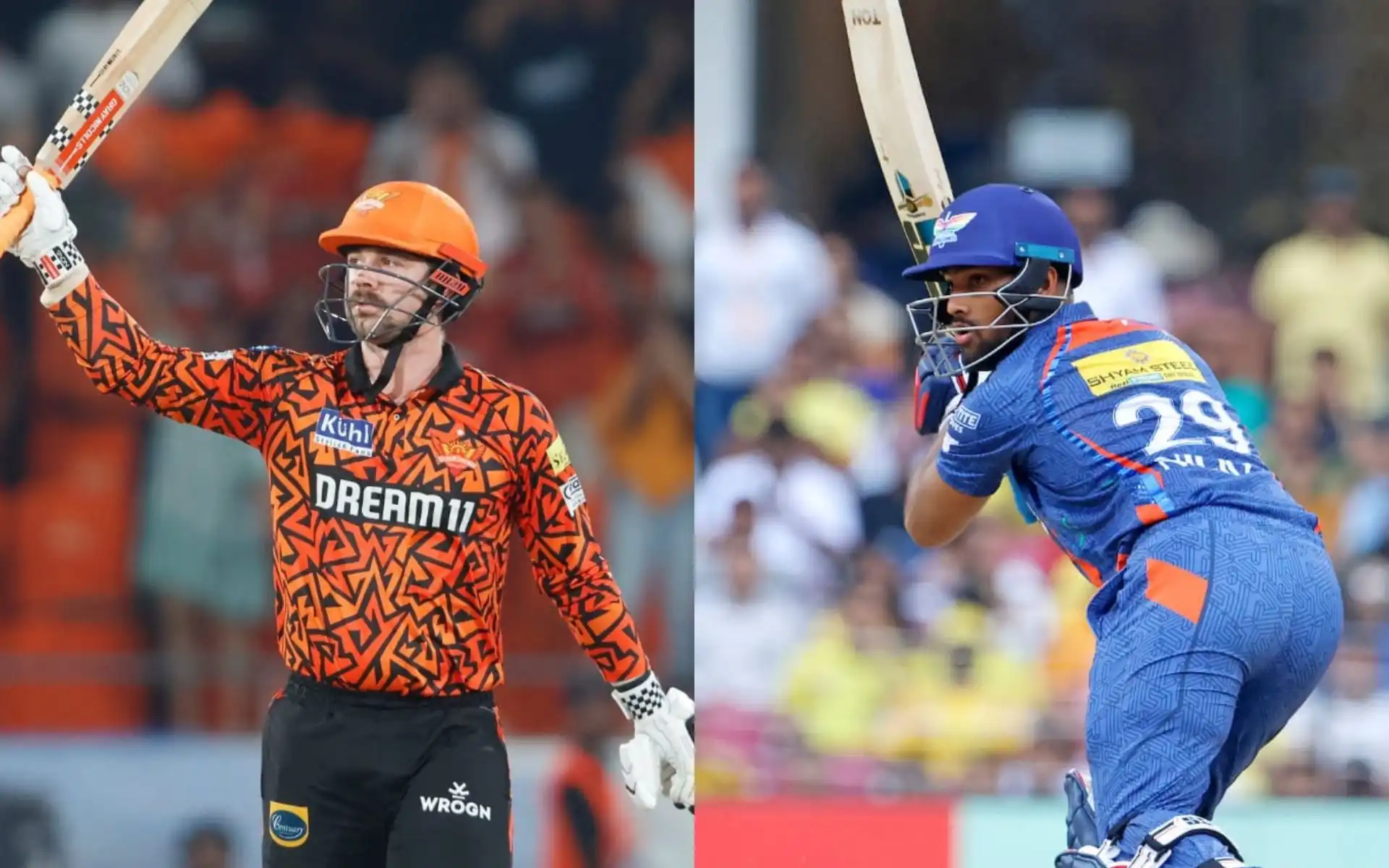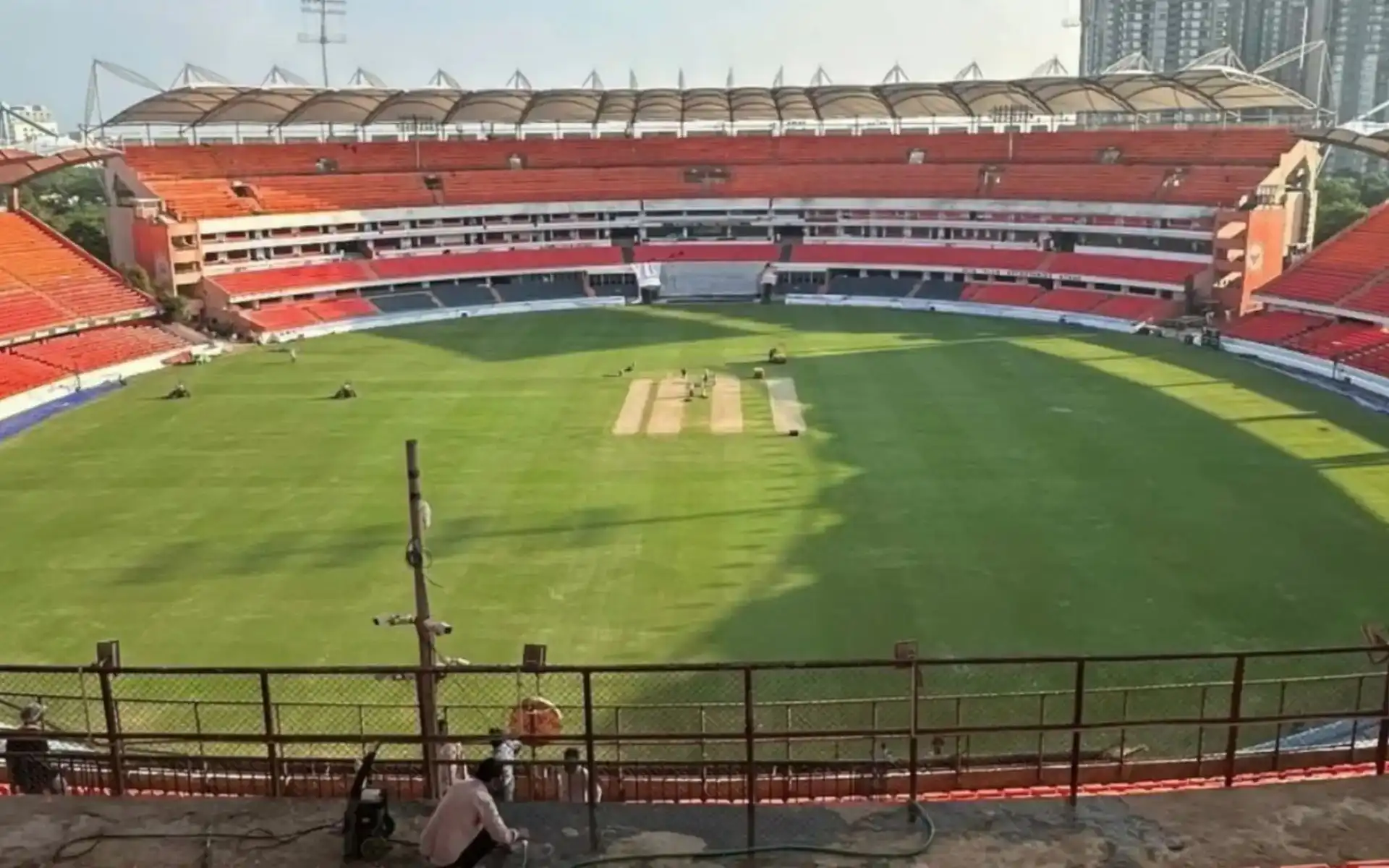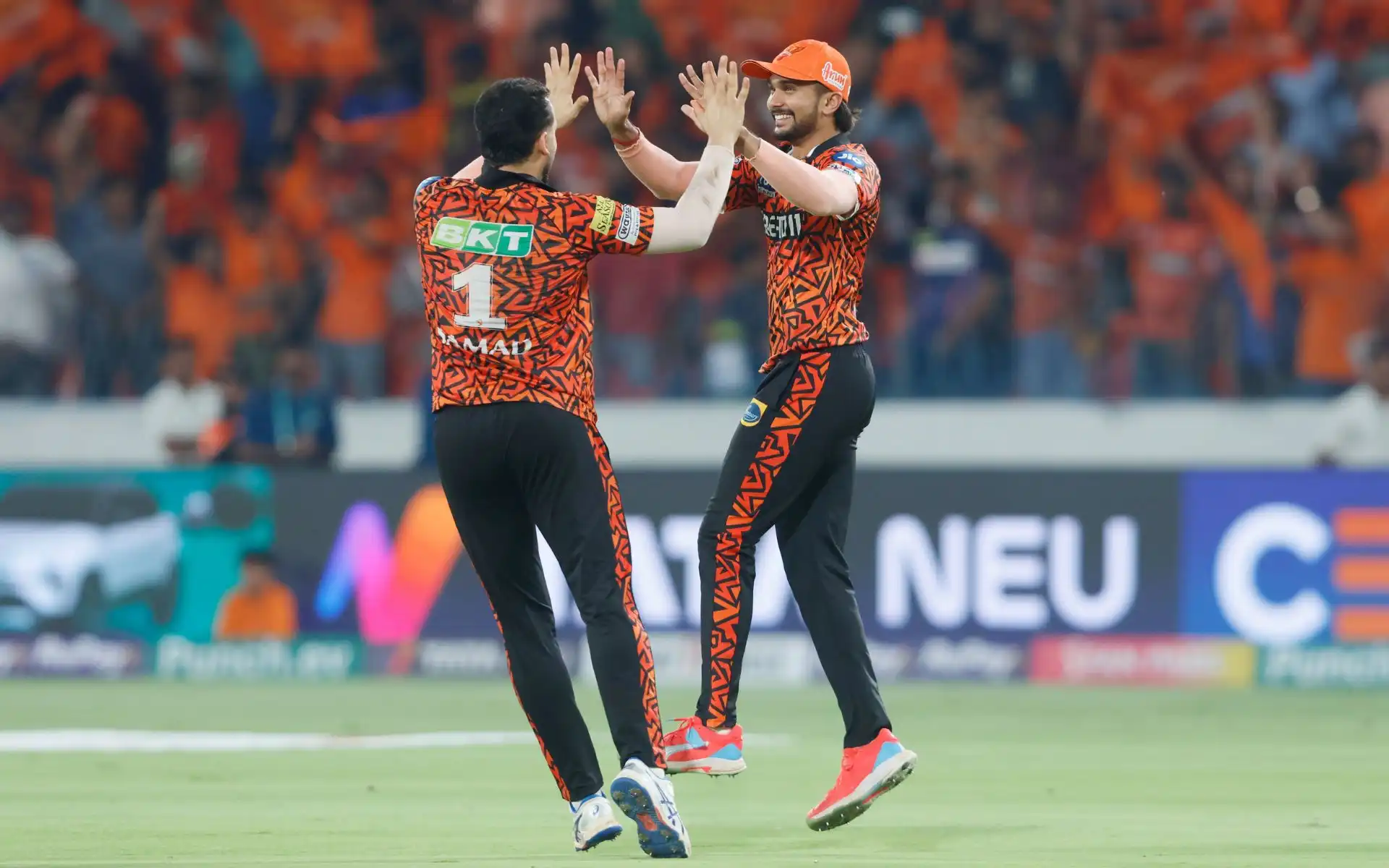![Travis Head and Abhishek Sharma [Source: @tiwarymanoj/x.com]](https://onecricketnews.akamaized.net/parth-editor/oc-dashboard/news-images-prod/1743027453670_srh_300.jpg?type=hq) Travis Head and Abhishek Sharma [Source: @tiwarymanoj/x.com]
Travis Head and Abhishek Sharma [Source: @tiwarymanoj/x.com]
When Sunrisers Hyderabad faces Lucknow Super Giants tonight, cricket fans might witness history in the making. SRH's batting artillery has already demonstrated its destructive potential this season, smashing 286 runs in their opening match. The question isn't whether they'll dominate – it's by how much.
The Orange Army's Batting Juggernaut
The numbers tell a compelling story. SRH's top order isn't just scoring runs; they're launching an all-out assault on bowling attacks. In their first match, Ishan Kishan blazed through the opposition with a breathtaking 106* off just 47 balls, maintaining a strike rate of 225.53. But he wasn't alone.
Travis Head, continuing his form from IPL 2024 where he maintained a strike rate of 191.55, contributed a rapid-fire 67 off 31 balls. The pair's partnership set a platform that allowed the middle order – featuring Heinrich Klaasen (strike rate 242.86) and Nitish Kumar Reddy (strike rate 200) – to further accelerate.
| SRH Batter | Runs | Balls | Strike Rate |
| Abhishek Sharma | 24 | 11 | 218.18 |
| Travis Head | 67 | 31 | 216.13 |
| Ishan Kishan | 106 | 47 | 225.53 |
| Heinrich Klaasen | 34 | 14 | 242.86 |
| Nitish Kumar Reddy | 30 | 15 | 200.00 |
LSG's Bowling Vulnerabilities
LSG's bowling attack faces a daunting challenge. Their performance in their previous match revealed concerning patterns, particularly in the death overs where they leaked runs at an economy of 14.00. Their length distribution might be their undoing against SRH's aggressive batters.
| Length | Balls | Runs | Economy | Wickets |
| Yorker | 4 | 1 | 1.50 | 0 |
| Full Toss | 3 | 7 | 14.00 | 0 |
| Full Length | 48 | 111 | 13.88 | 4 |
| Good Length | 58 | 76 | 7.86 | 4 |
| Short Of Good Length | 3 | 6 | 12.00 | 0 |
| Short Length | 5 | 10 | 12.00 | 0 |
Even with Avesh Khan (IPL 2024 economy: 9.59) likely joining the bowling lineup, LSG will find no respite. His economy rate actually exceeds that of several current LSG bowlers, and his tendency to bowl in the slot under pressure would only compound LSG's existing length distribution issues.
SRH's Perfect Storm About To Hit LSG
SRH's batting approach across different phases shows their relentless intent. They blasted 94 runs in the powerplay (losing just 1 wicket), added 125 runs in the middle overs to reach 219/3 by the end of the 16th over, and then hammered 67 more runs in the final 4 overs to finish at 286/6. This consistent aggression across all phases leaves bowling attacks with nowhere to hide.
Exploiting LSG's Bowling Lengths
A deeper analysis of the match datas reveal SRH's efficiency against specific bowling lengths that LSG favours. Against good length deliveries, SRH amassed 44 runs from just 28 balls at a scoring rate of 157.14, while against full length deliveries, they hammered 57 runs from 30 balls at an even more impressive 190 strike rate.
These two lengths combined accounted for 101 runs or 37.69% of SRH's total runs, with their batters striking 16 boundaries (11 fours, 5 sixes) against these deliveries. Notably, Ishan Kishan dominated full length bowling with 40 runs from 17 balls, while Travis Head punished good length deliveries for 24 runs from 14 balls.
The data spells danger for LSG, whose bowlers predominantly rely on these very lengths. In their previous match, LSG bowled 58 deliveries at good length (conceding at 7.86 economy) and 48 deliveries at full length (leaking runs at 13.88 economy). If they maintain this length distribution against SRH's lineup – who have already demonstrated their ability to capitalise on these exact lengths – the conditions become perfect for a record-breaking total.
![SRH's scoring rate at different lengths in the RR match [Source: OneCricket]](https://onecricketnews.akamaized.net/parth-editor/oc-dashboard/news-images-prod/1743026835549_srh_projected_for_300(1).jpg?type=mq) SRH's scoring rate at different lengths in the RR match [Source: OneCricket]
SRH's scoring rate at different lengths in the RR match [Source: OneCricket]
The 200-Strike Rate Factor Of SRH Batters
What's truly remarkable about SRH's batting lineup is that none of their batters had a strike rate below 200 in their previous match, with Nitish Reddy having the lowest at exactly 200. If every batter maintains this 200+ strike rate throughout their full 20-over innings, they would automatically reach 240 runs just from bat-on-ball scoring. Factor in the inevitable extras and the boundary-hitting prowess of players like Head, Sharma, Kishan and Klaasen (SR 242.86), and the 300-run milestone moves from possibility to probability.
SRH's Path to 300
![What SRH needs to do to reach 300 [Source: OneCricket]](https://onecricketnews.akamaized.net/parth-editor/oc-dashboard/news-images-prod/1743027026474_srh_projected_for_300(2).jpg?type=mq) What SRH needs to do to reach 300 [Source: OneCricket]
What SRH needs to do to reach 300 [Source: OneCricket]
To achieve that historic 300-run milestone, SRH's phase-wise progression would need only minor adjustments. Let's break it down phase by phase:
Powerplay (Overs 1-6): SRH accumulated 94 runs while losing just 1 wicket in this phase. For a 300-run total, they would need to push for approximately 100 runs in the powerplay – just 6 additional runs, or 1 extra run per over.
Middle Overs (Overs 7-16): SRH added 125 runs in this phase in their previous match, taking their total to 219/3 by the end of the 16th over. With a 100-run powerplay, they would reach 225 runs by over 16, staying perfectly on track for 300.
Death Overs (Overs 17-20): This is where a small push would make the difference. SRH scored 67 runs in the final 4 overs of their previous match to reach their final total of 286/6. To hit 300 from a position of 225, they would need 75 runs in this phase – just 2 additional runs per over compared to their previous performance.
The combination of SRH's batting firepower and LSG's bowling vulnerabilities creates the perfect environment for a potential 300-run innings – a milestone that would redefine IPL benchmarks.


.jpg?type=mq)


